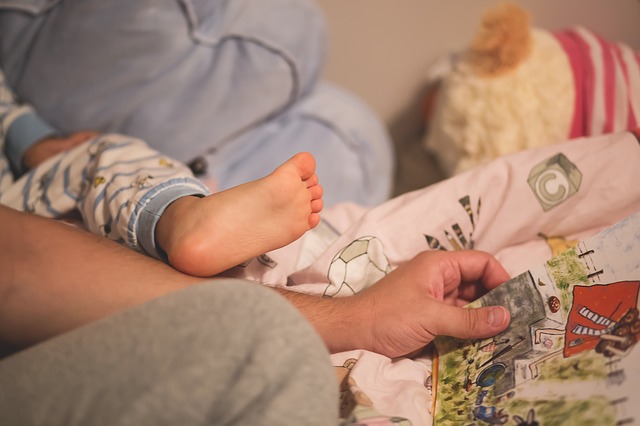
Cancer in children under the age of 15 is rare and accounts for less than 1% of all new cancer cases in England. Around 1,400 children are diagnosed with cancer each year.
More than 8 out of every 10 children diagnosed with cancer will live for at least 5 years, and most of these children will be cured.
We've published a new report on cancer incidence and survival rates for children under 15 in England.
Our data looks at all the main types of childhood cancer - here’s all you need to know about what the figures show.
Childhood cancer incidence
There are many different types of childhood cancer. The cancers that affect children can be quite different from cancers affecting adults, as they tend to occur in different parts of the body to adult cancers.
They also look different under the microscope and respond differently to treatment.
There were over 14,000 cancer cases diagnosed among children under the age of 15 in England during 2003 to 2012.
The most common type of cancer is leukemia, which accounts for about a third of all cases in both boys and girls. A further quarter of cancer cases were central nervous system tumours.
No other type of cancer accounts for more than 15%.

Around 1 in every 410 boys under the age of 15 develops cancer compared to 1 in 471 girls.
For both boys and girls, incidence was highest in the first five years of life, which fell to a minimum at age 5 to 9 years, and then slightly increased again at age 10 to 14 years.
From age 14 onwards, cancer prevalence continues to rise throughout adulthood. For the most common types of cancer, rates and frequency of diagnosis are broadly similar to those in other countries in Europe, North America, Australia and New Zealand.
This data helps clinicians and analysts compare on a global scale how England is performing compared to other Western countries
Childhood cancer survival
Overall, 80% of children diagnosed in 2003 to 2007 survived for at least five years. This went up to 83% for those diagnosed in 2008 to 2012, which is a significant increase.
There was a marked increase in survival between these periods for children with lymphoma, brain and spinal tumours and renal tumours, and for children aged 1 year or over when diagnosed with neuroblastoma.
The highest survival rates, over 95% at five years after diagnosis, were for Hodgkin lymphoma, several types of non-malignant intracranial tumour, retinoblastoma, fibrosacroma, synovial sarcoma, testicular and ovarian germ-cell tumours, and thyroid carcinoma.
Survival also exceeded 90% for precursor lymphoblastic leukaemia (the most frequent of all childhood cancers), Wilms tumour, germ-cell tumours in sites other than testes and ovaries, and malignant melanoma.
What does this information tell us?
Cancer is rare in children, but in England as a whole there are well over a thousand new cases diagnosed each year.
Thanks to better research and treatment, survival has increased greatly over the past 50 years. It is good news that most children who are diagnosed with cancer in this country will be cured.
This is an enormous advance on the 1960s, when only about 3 out of every 10 children (30%) with cancer were successfully treated.
Robust data gathering and analysis is a major part of what we do. Reliable data on incidence and survival across the population makes a difference to anyone who is affected by childhood cancer.
Firstly, it helps families of children with cancer understand more about the disease, which can make a real difference when they are dealing with something that is so emotionally tough.
It is also essential for the doctors who treat children with cancer – it helps them work out what resources are needed to provide children who suffer from cancer with the treatment and care they require.
We hope that by making these data available for all to use and examine, we can improve the care and diagnosis of childhood cancer so that the survival and diagnosis rates continue to improve.
For more information on the work we do with cancer data please visit the National Cancer Registration and Analysis Service.

1 comment
Comment by Katharine Duncan posted on
Fibrosarcoma (the cancer my son has) is spelt wrong. Any comment on the cancers with much poorer prognosis?